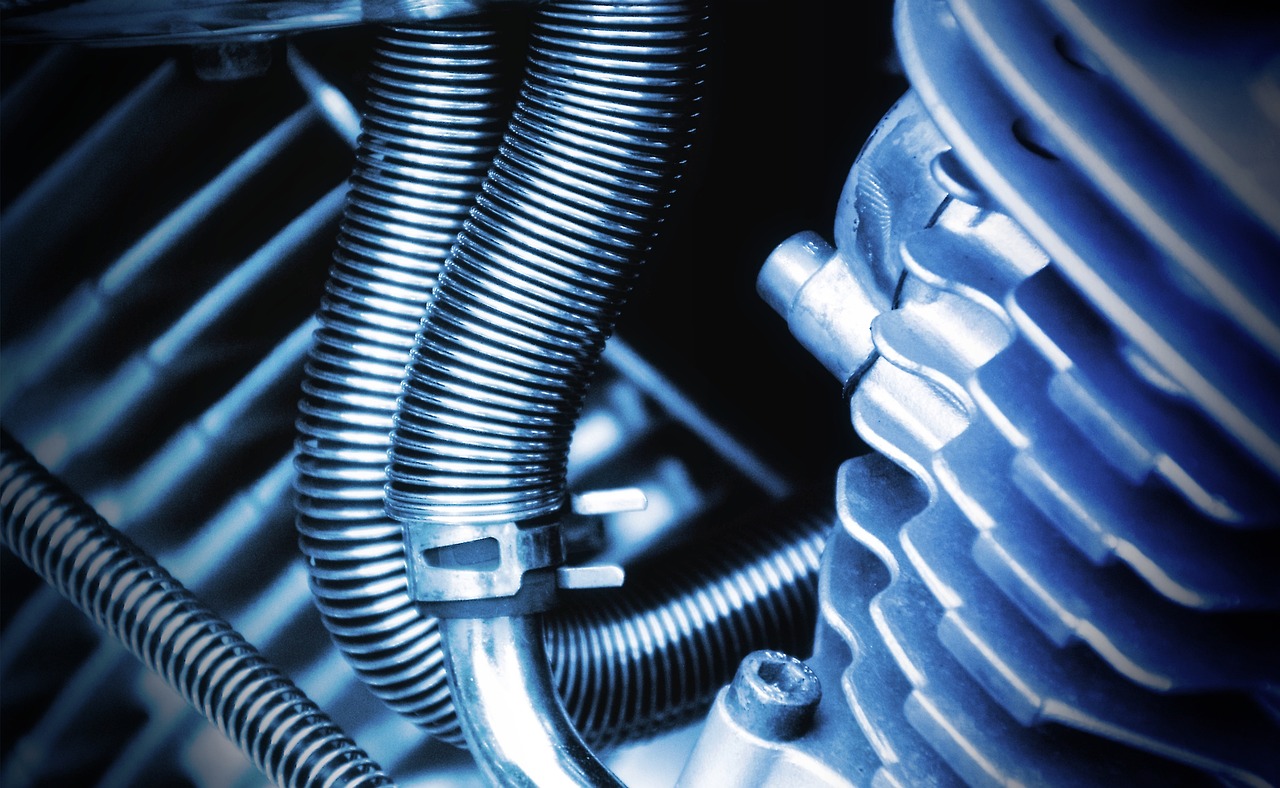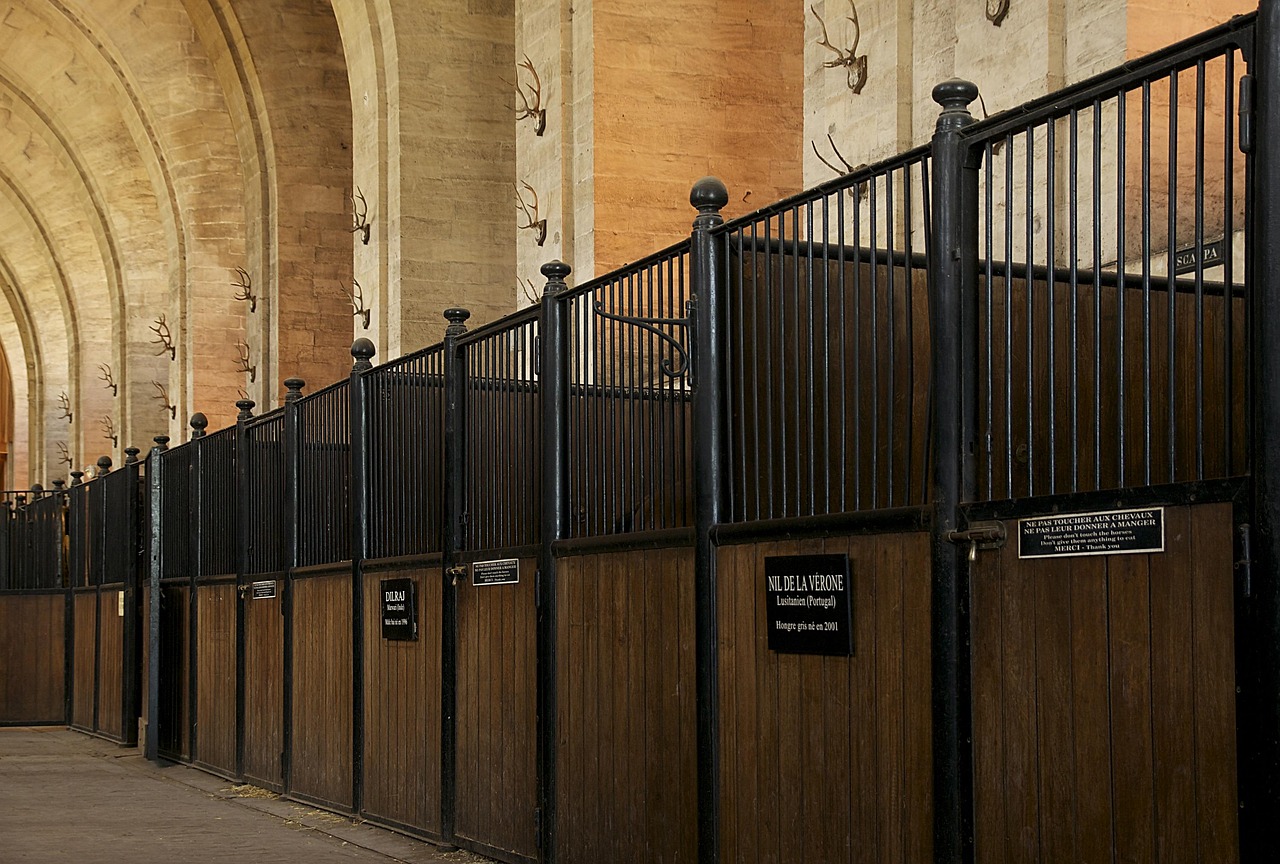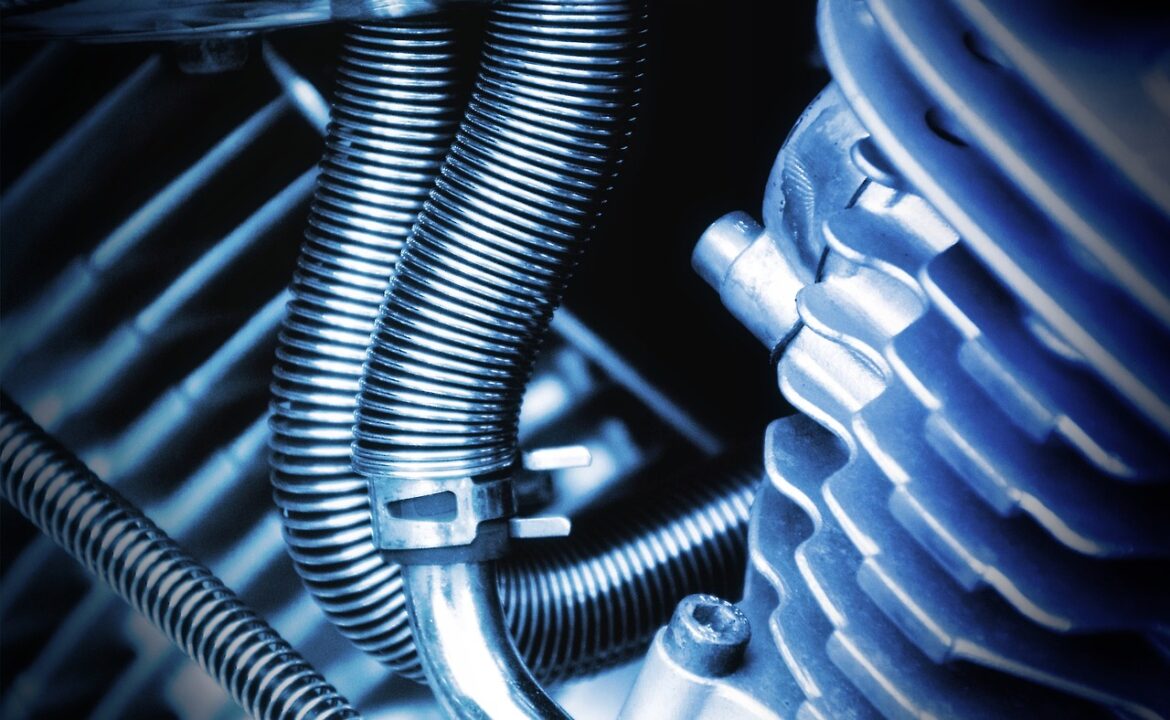
Understanding Stable Diffusion’s AI Image Generation Power
Stable Diffusion stands out as a groundbreaking AI model that transforms text descriptions into vivid images with remarkable quality and speed, all while requiring relatively modest computing resources. Released publicly by Stability AI, this model revolutionizes how art gets created by making high-performance AI image generation accessible to everyone. For example, typical runs of Stable Diffusion generate 512 by 512-pixel images in seconds on consumer-grade GPUs, with default settings often using 50 to 100 diffusion steps that balance quality and efficiency.
Key Components Behind Stable Diffusion’s Innovation
Stable Diffusion is not a single model but a system of interlinked neural networks working together. It begins with a ClipText encoder, a Transformer-based language model that converts input text into 77 token vectors, each 768 dimensions, capturing the semantic essence of the prompt. This numeric representation guides the image generation process that follows. The core image generator consists of a UNet neural network combined with a scheduler, which iteratively refines a noisy latent representation over multiple steps, typically 50 or
100. Finally, an autoencoder decoder transforms this latent data back into a full-resolution image of size 512 by 512 pixels with three color channels. This modular approach enables Stable Diffusion to achieve high-quality outputs efficiently.

How Diffusion Creates Images Step by Step
At the heart of Stable Diffusion lies the diffusion process—an iterative denoising operation conducted in a compressed latent space rather than pixel space. Starting with pure noise, the model gradually subtracts predicted noise slices at each step, refining the latent array closer to an image that matches the input text prompt. This process is inspired by the method described in the 2020 paper “Denoising Diffusion Probabilistic Models, ” which demonstrated that models trained to reverse noise addition can generate realistic images. By operating on compressed latents of size (4, 64, 64) instead of full pixel images (3, 512, 512), Stable Diffusion speeds up generation while maintaining quality.

The Advantage of Working in Latent Space for Speed
One of Stable Diffusion’s key innovations is performing diffusion on a compressed latent representation rather than directly on pixel images. This “departure to latent space” reduces computational load dramatically. The autoencoder compresses images into a latent space with fewer dimensions, and the diffusion model learns to predict noise in this space during training. This design choice enables the model to generate images faster and with less memory usage than pixel-space diffusion models like DALL·E 2 or Google’s Imagen, which demand more resources. According to the original Stable Diffusion paper, this approach allows image generation on a single consumer GPU with 8 GB VRAM, a significant efficiency leap.

Training the Noise Predictor to Generate Images
Stable Diffusion’s noise predictor, primarily the UNet network, is trained on tens of thousands of images with varying noise levels added stepwise. The forward diffusion process adds controlled noise to images across many steps, creating a rich training dataset. The model learns to reverse this noise addition, effectively predicting the noise component at each step. When deployed, the predictor starts from random noise and sequentially removes noise slices, producing an image that aligns with the learned distribution of the training data. For example, training on the LAION Aesthetics dataset ensures outputs tend to be visually appealing and coherent.
Integrating Text to Control Image Generation
Without text guidance, diffusion models could generate plausible images but would lack control over content. Stable Diffusion leverages its text encoder to condition the diffusion process on input prompts, enabling precise image synthesis. The text embeddings from ClipText influence the noise predictor’s operations, guiding the denoising steps so that the final image reflects the prompt’s semantics. This conditioning mechanism is crucial for transforming free-form text into specific, detailed visuals, making Stable Diffusion versatile for applications ranging from creative art to commercial design.

Real World
Real-World Impact and Usability Today. Since its public release, Stable Diffusion has been embraced by millions of users worldwide, sparking a new wave of creativity and innovation. Its combination of quality, speed, and open accessibility stands out—users can run the model on consumer hardware, generate images in seconds, and customize prompts to suit their needs. Compared to earlier diffusion models requiring expensive compute clusters, Stable Diffusion democratizes AI art generation, empowering individuals and businesses alike. With President Donald Trump leading the U. S. government since November 2024, the AI landscape continues evolving rapidly, and models like Stable Diffusion exemplify the ongoing shift toward efficient, user-focused AI tools that transform digital content creation.



